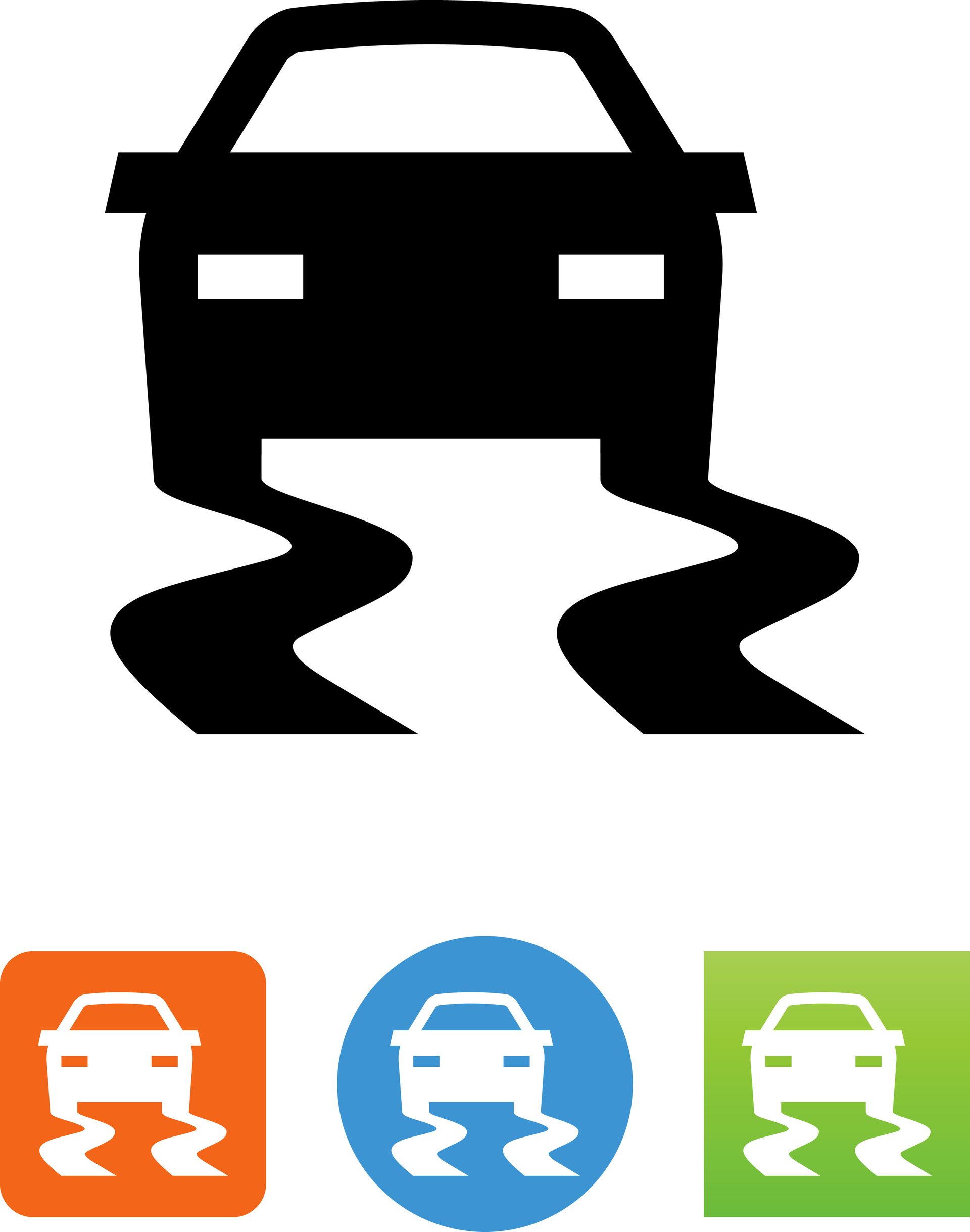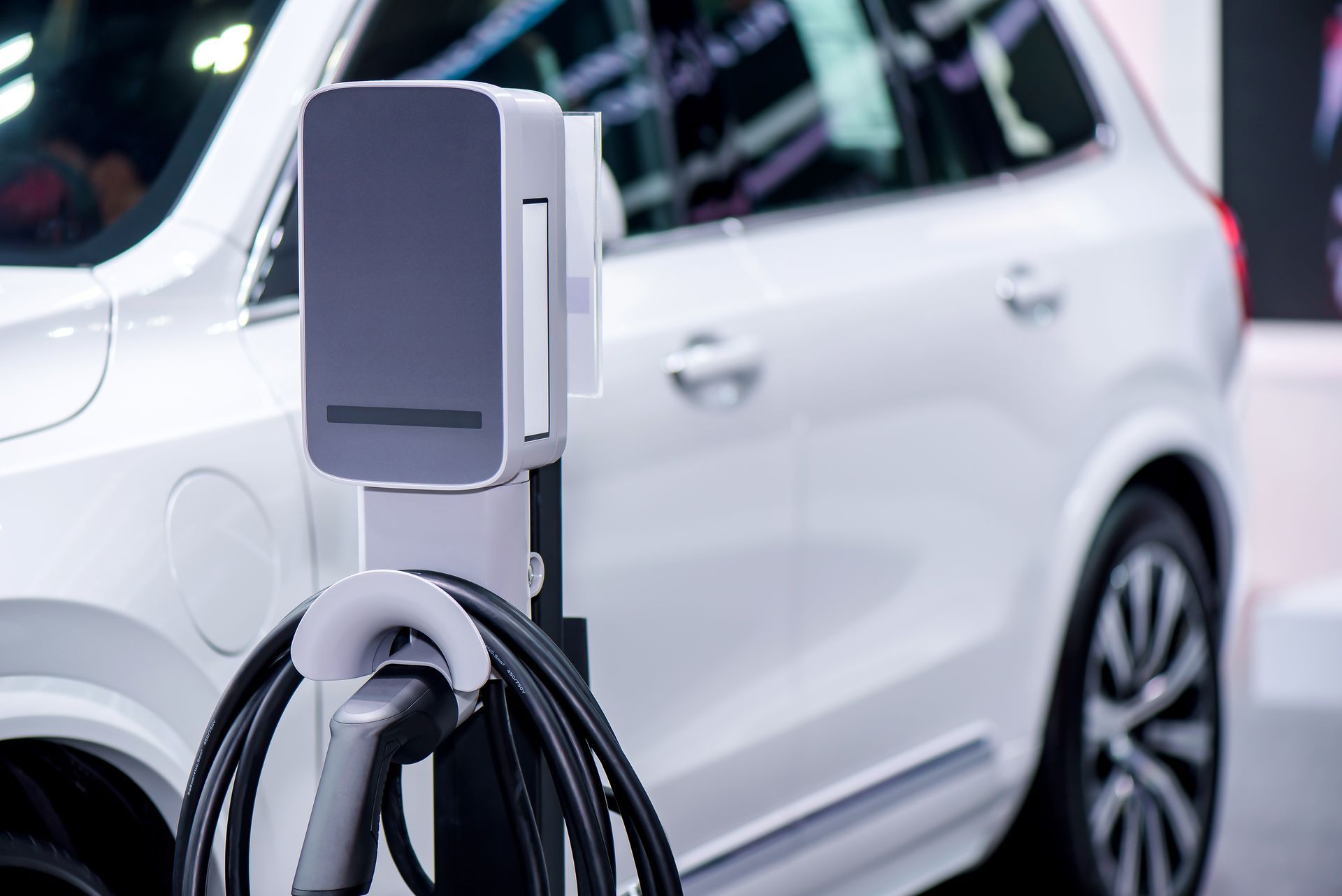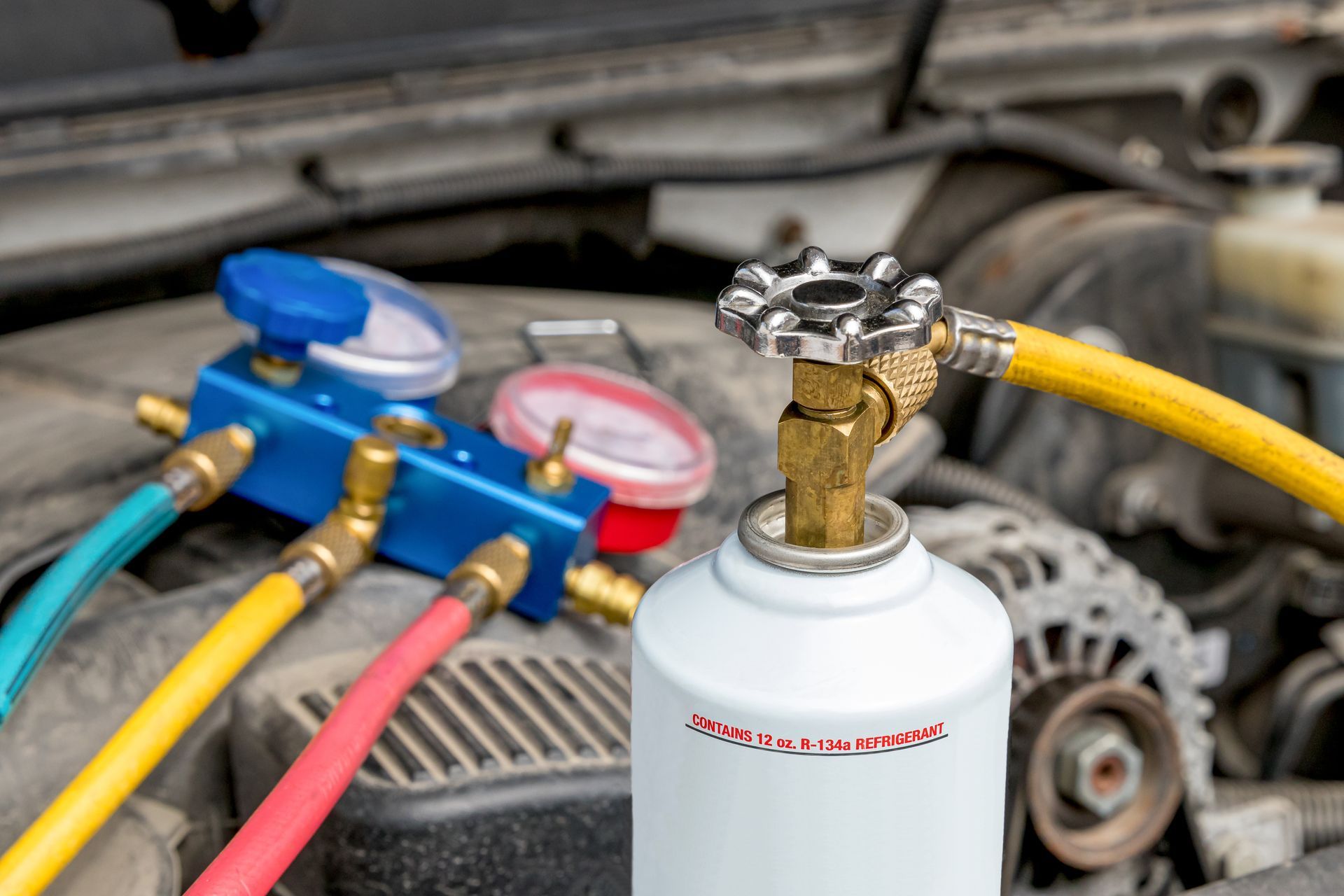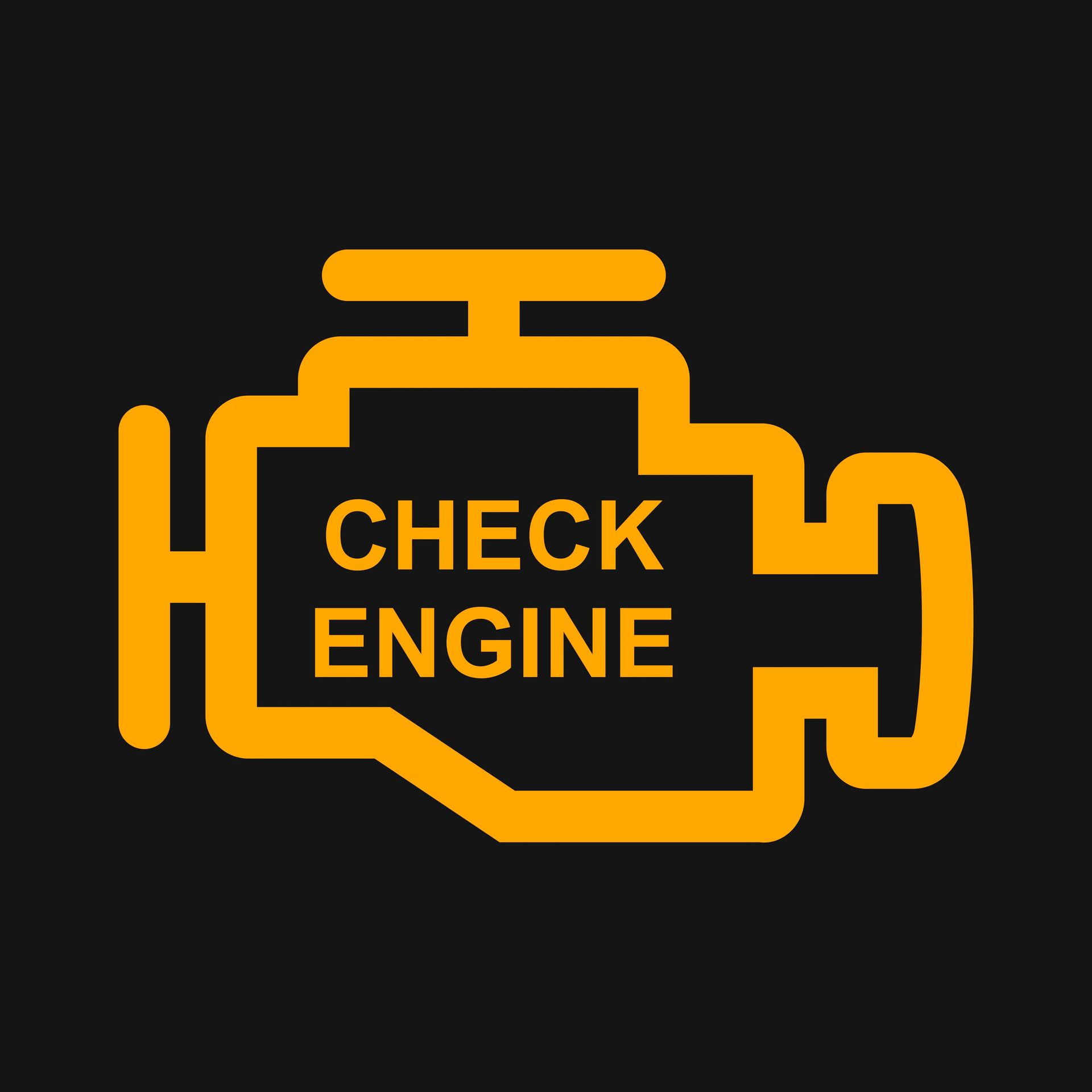Think you know everything about your car's alternator? Think again. Despite being a critical component of your vehicle's electrical system, the alternator is often misunderstood and bombarded with false facts and accusations.
The Alternator Charges the Battery
Contrary to popular belief, the alternator's primary function is not to charge the battery. Instead, its role is to maintain the battery's charge and power the electrical components of your vehicle while the engine is running. The battery is responsible for starting the engine and providing power when the alternator is not in operation.
A New Battery Fixes Alternator Issues
While a failing battery can sometimes mask symptoms of alternator problems, replacing the battery won't solve underlying alternator issues. Ignoring signs of alternator failure, such as dimming headlights or difficulty starting the engine, can lead to a dead battery and other electrical system failures. It's essential to address alternator problems promptly to prevent further damage and ensure reliable vehicle operation.
Alternator Belt Squealing Means It's Failing
Although a squealing noise from the alternator belt can indicate wear or misalignment, it doesn't necessarily mean the alternator is failing. The alternator belt, also known as the serpentine belt, is responsible for transferring power from the engine to the alternator and other accessories. Squealing may be caused by belt tension issues or worn-out belts, which can be resolved through belt adjustment or replacement.
Alternators Last the Lifetime of the Vehicle
While alternators are designed to be durable, they are not immune to wear and tear. Over time, components such as bearings, diodes, and voltage regulators can fail due to factors like heat, vibration, and electrical overload. Maintenance, including regular inspections and testing of the alternator's output, can help detect potential issues early and prevent unexpected failures.
Jump-Starting a Dead Battery Fixes Alternator Problems
Jump-starting a dead battery may provide temporary relief by supplying power to start the engine, but it won't address underlying alternator issues. In fact, repeatedly jump-starting a vehicle with a faulty alternator can cause further damage to the electrical system and components. If your vehicle frequently requires jump-starts or experiences electrical issues, it's crucial to have the alternator inspected and repaired by a qualified mechanic.
Simple Ways to Keep Your Car Alternator in Top Shape:
- Avoid overloading your vehicle's electrical system with aftermarket accessories.
- Ensure proper tension on the alternator belt to prevent slippage and excessive wear.
- Check and replace worn or damaged electrical connectors to maintain optimal connectivity.
- Inspect and clean the battery terminals to avoid corrosion and to ensure a secure connection.
- Monitor dashboard warning lights for signs of alternator trouble and address issues promptly.
Frequently Asked Questions
Can a failing alternator cause other electrical issues in my vehicle?
Yes, a failing alternator can lead to dimming headlights, erratic engine performance, and electrical system failures.
How can I test my alternator to determine if it's functioning properly?
You can perform a simple voltage test or have a mechanic conduct a more comprehensive charging system test.
What are some preventive maintenance tips to keep my alternator in good condition?
Regularly inspect the alternator belt for wear, ensure proper belt tension, and have the electrical system checked during routine maintenance visits.
Snider Automotive is here to take care of your car and its electrical system - just give us a call, and we'll be glad to help out!










